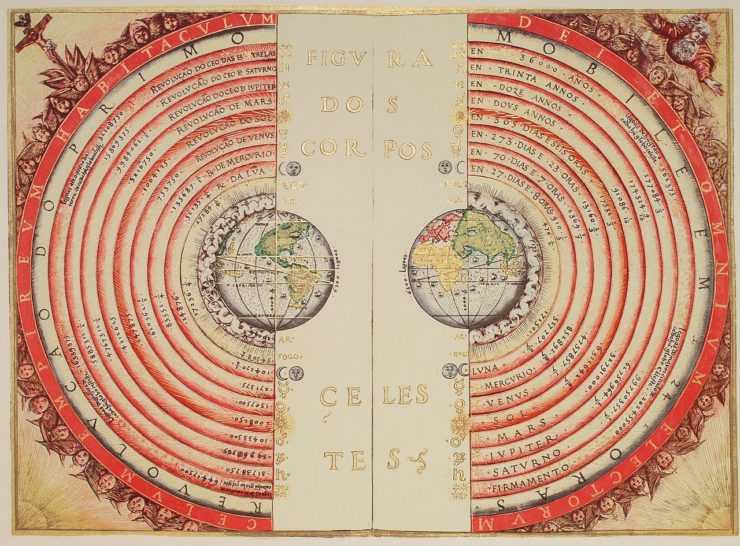While science fiction worlds are (somewhat) constrained by the laws of physics the same is not necessarily true of fantasy worlds. Despite this, many fantasy worlds are slight variations on Earth as we know it. Sometimes the continents are different, but generally speaking, the working model is “standard Earth plus magic.” Only generally speaking, however—there are exceptions. Here are five.
Under the Pendulum Sun by Jeannette Ng (2017)
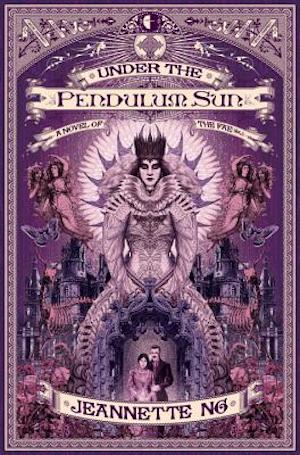
The fairy lands of Ng’s novel Under the Pendulum Sun are as unlike Earth as the Fair Folk are unlike humans. Above the flat plain occupied by this world’s inhabitants, a bright sun oscillates on the end of a long string—the pendulum sun of the book’s title. Very conveniently for my purposes, Ng not only acquired the services of a physicist to determine what such a world would be like, she documented the resulting process in her 2018 essay The Science of the Pendulum Sun. Rather than settle for the first, simple model (sun on string), Ng tweaked her worldbuilding to produce a gothic setting that is perfect as a backdrop for her “Jane Eyre on LSD” fantasy novel.
Glorantha by Greg Stafford (1966*)
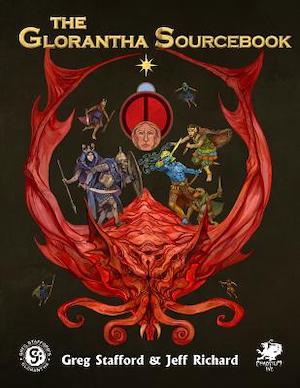
Although Stafford began work on his Bronze Age fantasy setting of Glorantha in the 1960s, it was not generally available to the public until the 1970s, when game company Chaosium incorporated the setting into board games like White Bear and Red Moon and Nomad Gods, and most significantly (at least from my personal perspective), the roleplaying game RuneQuest.
On a small scale, Glorantha looks Earth-like, featuring two large continents separated by a vast sea. Pull back for greater perspective, and this familiar arrangement is revealed as the top of a cube floating in a sea of chaos, surrounded by a great sphere beyond which sensible mortals do not explore. This is a magic-imbued world operating according to rules entirely unlike the rules of our world and the shape of the world reflects that.
Tales From the Flat Earth by Tanith Lee (1978–1987)
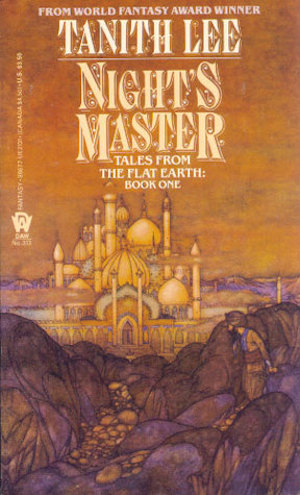
This collection comprises Night’s Master (1978), Death’s Master (1979), Delusion’s Master (1981), Delirium’s Mistress (1986), Night’s Sorceries (1987), and various short works.
Tanith Lee’s Flat Earth is a world where the haughty gods consign mortals—whom gods see as an embarrassing mistake—to the care of demons and other deliciously malevolent beings. It is also, as many of you may have guessed by this point, as flat as a tabletop. It is interesting that this flatness is a temporary condition (as is signaled by the phrase “for in those days the Earth was flat”). This Earth must be immune to the tendency of gravity to pull worlds into spheres.
The world is perverse in other ways: its lascivious inhabitants disregard convention; amorous limitations imposed by basic anatomy are ignored (humans boinking flowers, kobolds boinking spiders, etc.).
Like Ng, Lee made notes on her world. However, the only fragment of these notes of which I am aware is a brief except and a drawing in a recent reprint of Night’s Master.
The Discworld by Terry Pratchett (1983–2015)
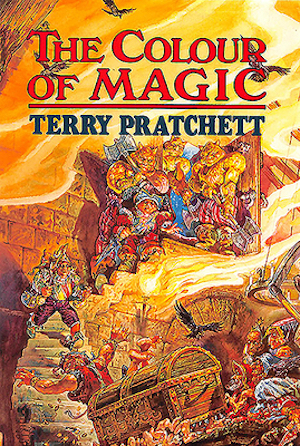
Comprised of a sufficiently large number of books that if all were listed, there would be no room for an essay, the Discworld is not merely the disc implied by the name but a disc balanced on the backs of four immense elephants: Berilia, Tubul, Great T’Phon, and Jerakeen. These elephants stand on the back of an even more enormous turtle, A’Tuin. This implausible arrangement is an early hint that on the Discworld, narrative forces are far more powerful than mere physical law. Pratchett’s stories require a setting that is simultaneously awe-inspiring and absurd: the Discworld is that setting.
Pratchett having in his time been a publishing juggernaut, his world is documented in any number of places online and elsewhere. Ian Stewart and Jack Cohen 1999’s The Science of Discworld is a good start.
Missile Gap by Charles Stross (2006)
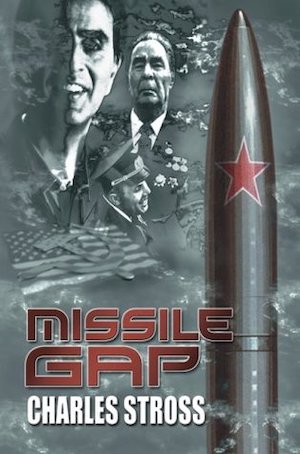
Technically, this tale of Cold War rivalry complicated by alien intervention is science fiction. However, since it is set on an Alderson disc—a massive platter of solid material millions of kilometres across—and since no known material could prevent such a construct from being immediately reshaped by gravity into a more conventional arrangement, it feels sufficiently fantasy-adjacent to mention here. In this particular case, unknown entities have populated a flat projection of the Earth’s surface with Cold War-era humans. The necessary differences between a flat map and a sphere dramatically alter the balance of power between Americans and Soviets. If only West vs East were the most pressing concern confronting humans…
Stross credits the story seed to a post made on the now effectively defunct USENET newsgroup soc.history.what-if by a Canadian whose name eludes me. However, one cannot rule out the possibility that the Canadian was himself inspired by Fred Hoyle’s October the First is Too Late and Larry Niven’s “Bigger Than Worlds,” assuming for the moment that Canadians had access to printed material as early as the ’00s.
***
These are just a few of the possibilities that came to mind. No doubt there are many others (if only because I know there was a Dave Duncan novel that I could have mentioned but did not). Many of you may have your own favourites. Comments are, as ever, below.
In the words of Wikipedia editor TexasAndroid, prolific book reviewer and perennial Darwin Award nominee James Davis Nicoll is of “questionable notability.” His work has appeared in Publishers Weekly and Romantic Times as well as on his own websites, James Nicoll Reviews and the Aurora finalist Young People Read Old SFF (where he is assisted by editor Karen Lofstrom and web person Adrienne L. Travis). He is a four-time finalist for the Best Fan Writer Hugo Award, is eligible to be nominated again this year, and is surprisingly flammable.










